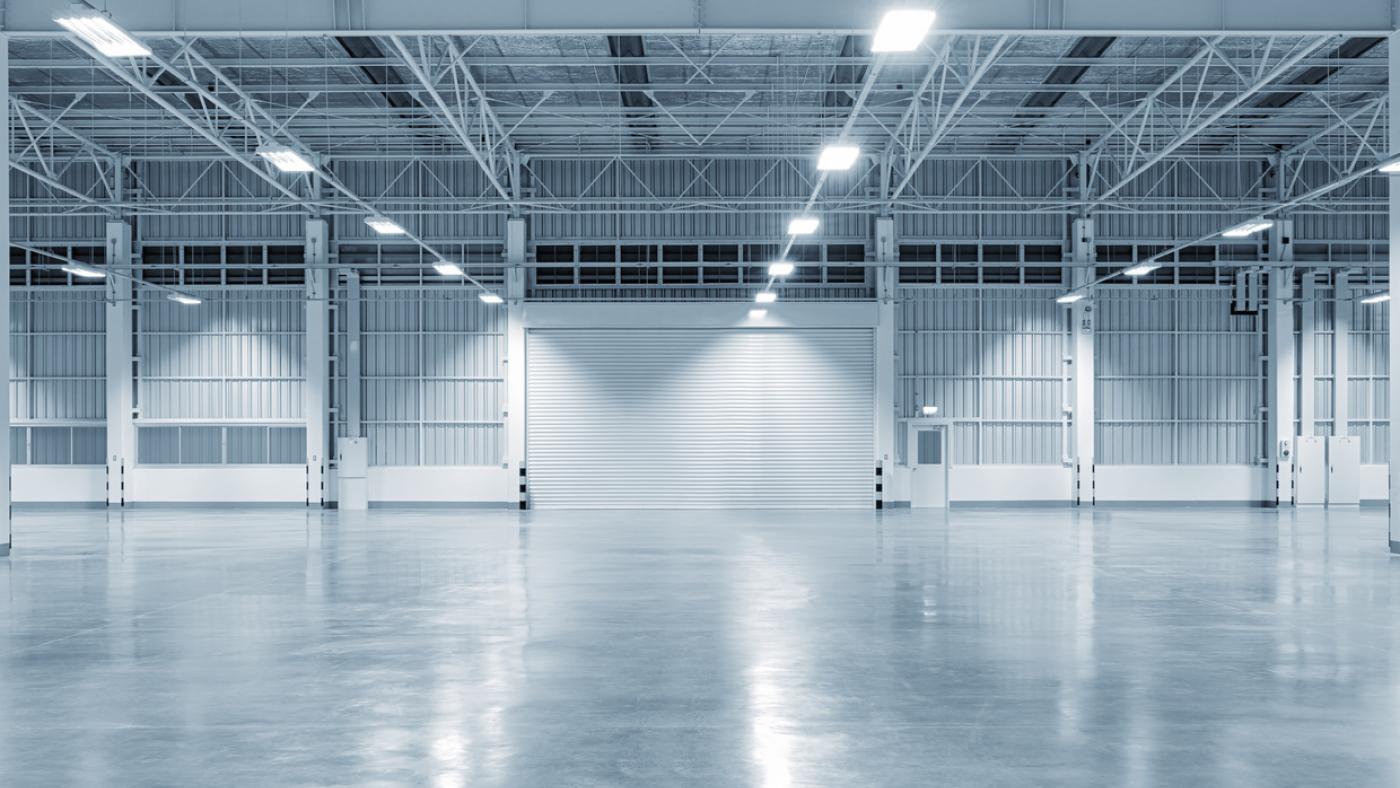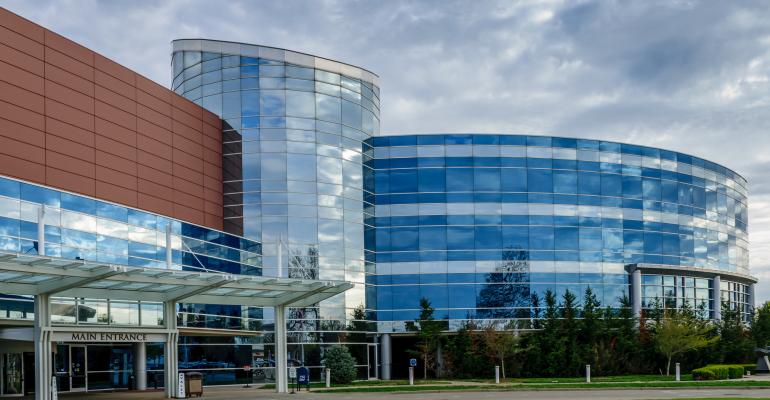Net lease is a broad category that includes a mixed bag of different property types. Similar to surveys over the past four years, industrial and medical office/healthcare are commanding the most interest and capital.
When asked to rate the outlook for each net lease property type over the next 12 months on a scale from 1 to 5, with 5 being the highest, industrial and medical office/healthcare each generated the highest mean score of 3.9. That shows a slight uptick from NREI’s 2019 survey where the two were in lock step at a 3.8. Government buildings saw the biggest move in year-over-year sentiment, rising from 3.0 to 3.6. Meanwhile, convenience/drug stores maintained a stable favorable rating at 3.5. The two sectors that scored the lowest in the rankings were miscallaneous retail at 3.0 and auto stores at 3.1.
It is not surprising that industrial continues to rate high with steady demand for space coming from rising e-commerce sales.
“Our view is that, despite recent reports that overall supply in the industrial sector is now greater than the demand, we see the factors driving industrial demand continuing into 2020,” says Sabatini. In particular, the demand for last-mile properties in high-income areas is resulting in high occupancies and growth in rental rates. In addition, companies are making strategic moves to improve their supply chain efficiencies, which continues to propel demand for logistics infrastructure and a more efficient distribution network, he adds.
Similar to the broader commercial real estate investment market, most respondents view industrial as being the hottest segment within the net lease sector. More than half of respondents (51 percent) think industrial is the most in-demand product, which is up from 44 percent who held that view in the 2019 survey. Medical office/healthcare and restaurants/fast food also continue to rate consistently high for demand at 39 percent and 28 percent respectively.
Industrial net lease assets are certainly the “flavor of the day,” thanks to e-commerce, while in the medical space dialysis clinics and hospital-operated medical clinics and urgent cares are highly sought after, says Daniel E. Herrold, senior director, corporate finance, at the Stan Johnson Co. in Tulsa, Okla. On the retail front, buyer demand has softened for industry types that are more susceptible to Amazon or other internet competition. Property types that remain in favor are convenience stores, food service, fitness and auto service businesses, he adds.
There continues to be robust demand for restaurants, and plenty of buying opportunities with national brands such as Starbucks, Burger King, McDonald’s, Chipotle still on a growth track. For many net lease investors, tenant credit remains just as big of a focus as the quality of the real estate.
“Any strong credit and internet resistant tenants receive favor by the buyer community in our space,” notes Herrold. At the same time, investors continue to place a strong emphasis on unit level performance and weigh this heavily in their property underwriting, he adds.
According to Real Capital Analytics, industrial assets accounted for a bigger share of single-tenant property sales in 2019 at 41.3 percent, followed by office at 36 percent and retail at 22.7 percent.
“Office and industrial both shined in 2019,” says Mark West, senior managing director, capital markets, at JLL in Dallas. From an overall volume perspective, office may have the edge in 2020 as industrial volume growth came largely on the back of a surge in portfolio deals in 2018 and 2019, which may not be available to the market in 2020, notes West. Strong employment will likely continue to drive interest in office assets in 2020, especially in primary markets where buyers can access more liquid assets that provide downside protection from any unexpected slowdown in growth, he adds.


